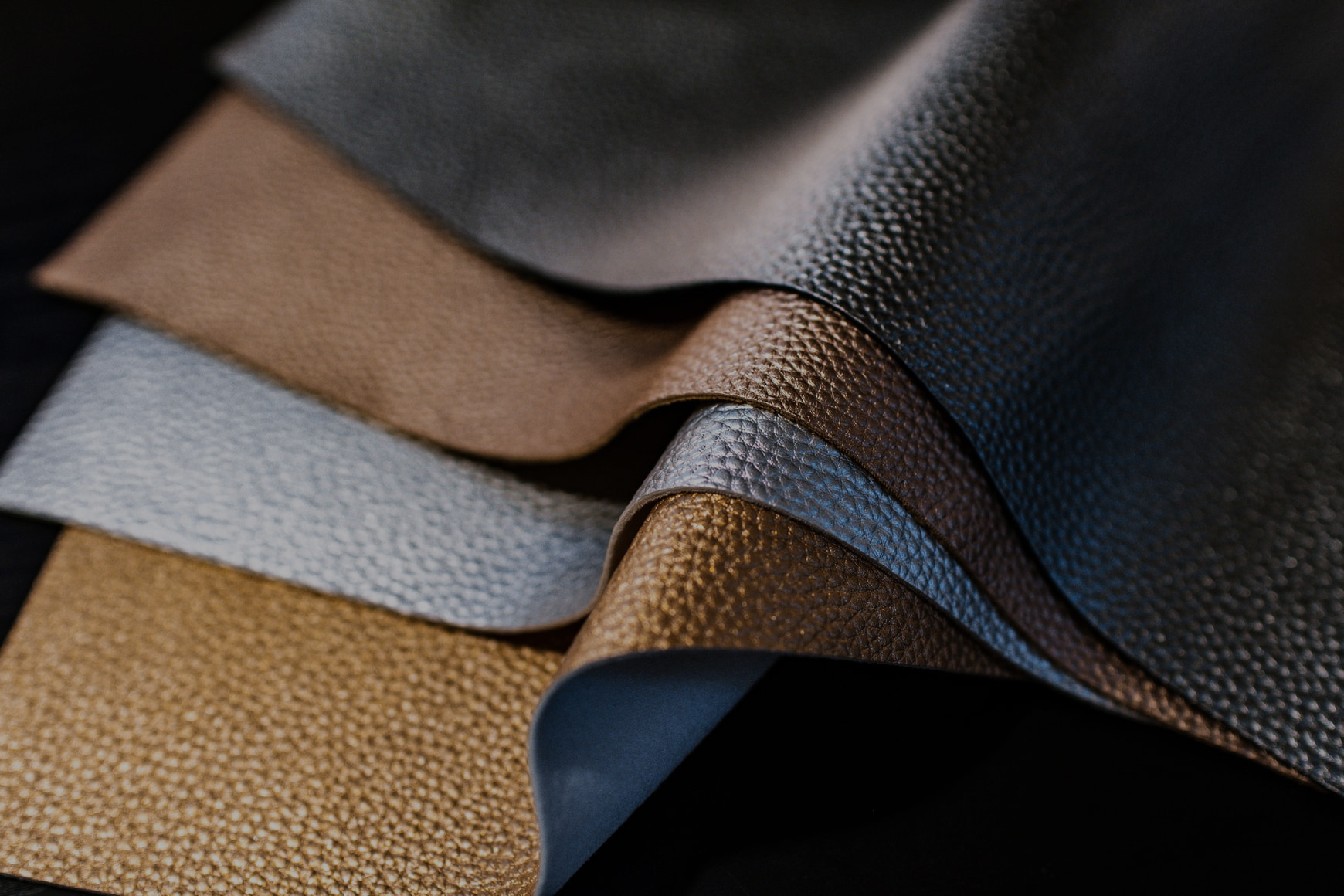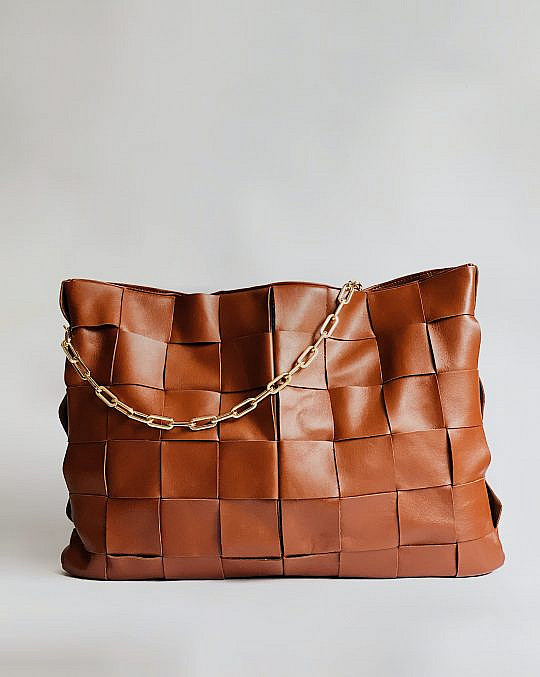Vegan leather, pleather, leatherette – despite their names there is one thing all these materials have in common – they are not leather.
What is Vegan Leather?
There is no such thing as vegan leather. Leather comes from the hide of an animal. Vegan describes foods and materials that do not come from animals. The two words cannot combine.
The term was coined as a marketing device, drawing on the connection of the word ‘vegan’ with natural, which in most cases for leather alternatives does not ring true. Leather alternatives, including plant-based ones, go through many processes in their production, and most of them are plastic-based and derived from fossil fuel.
What is Synthetic Leather?
Putting aside the misuse of the word ‘leather’… Synthetic or artificial leathers are designed to look like leather, often with texture added to mimic the surface of natural cowhide. They are usually made from oil-derived plastic and coated with polyvinyl chloride (PVC) or polyurethane (PU). Other names for synthetic leather include:
- Faux leather
- Pleather
- PU leather
- Leatherette
There are some materials that are being offered as alternatives to leather that are plant based. Because most of these lack the structural integrity and durability of leather they often rely on plastics as part of the manufacturing process. In fact, most of these materials are more than 50% plastic. The benefit of non-plastic material is that it biodegrades faster; unfortunately, oil-derived plastics or natural products that are impregnated with plastics take hundreds of years to decompose. Leather normally takes no longer than 50 to biodegrade.
Plant-based alternatives include:
- Wine or grape leather
- Cork leather
- Pineapple leather
- Mushroom leather
- Palm leather
In March 2021 the Research Institute for Leather and Synthetic Materials (FILK) conducted research into materials marketed as alternatives to leather, analysing their composition and durability.
Its main conclusion was that “Leather is unique. So far, it has not been possible to replace leather.”
Read more on the FILK report here.








